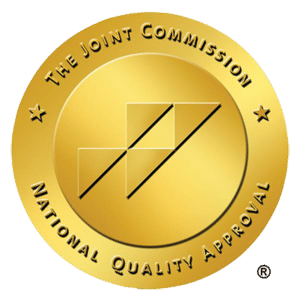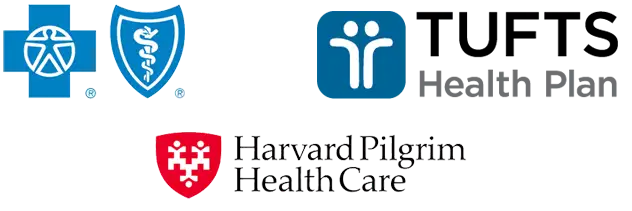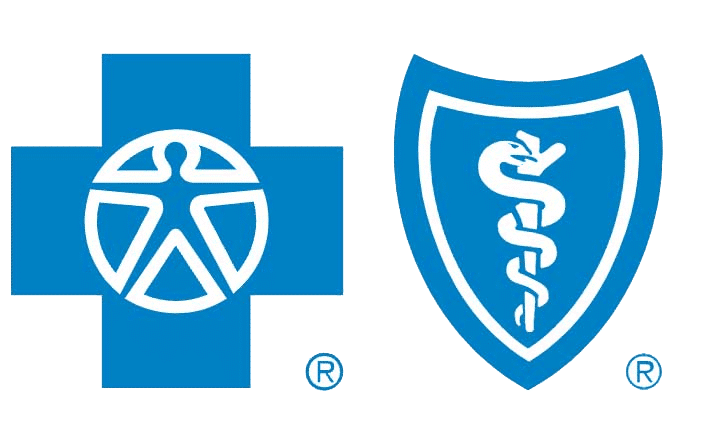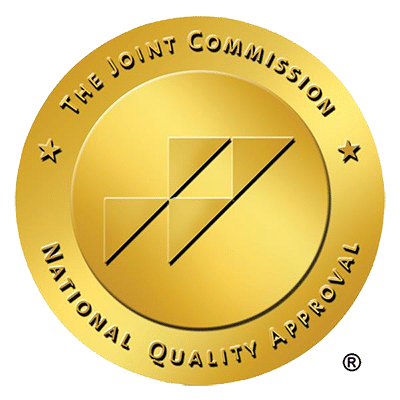Cocaine addiction starts subtly, then rapidly takes over life. Understanding the stages of cocaine addiction is key to recognizing and addressing it. Each stage, from the first high to the unrelenting cravings, signals deeper trouble. This article will walk you through the stages, helping you to identify the red flags and understand the options for intervention and treatment.
Key Takeaways
- Cocaine addiction is a serious condition characterized by an intense initial high and an inability to stop using despite harmful effects, underlining the importance of education, prevention, and treatment.
- The progression of cocaine addiction begins with experimentation, escalates to dependence, and can lead to chronic abuse with severe physical and psychological health risks, necessitating intervention.
- Treatment options for cocaine addiction include psychosocial treatments, behavioral therapies, and support from programs like Narcotics Anonymous, and family involvement is crucial for successful long-term recovery.
Cocaine Addiction: An Overview
Cocaine addiction is a relentless foe that affects millions every year. It’s characterized by frequent cocaine use and an inability to stop, despite the negative consequences. The addiction significantly hinders physical and mental health, strains familial relationships, and incurs substantial societal costs.
The allure of cocaine lies in the intense high, energy levels, and alertness it initially provides. This deceptive charm often leads to chronic usage, transforming recreational users into victims of addiction. Fortunately, facilities like Topsail provide various evidence-based treatment options, helping individuals regain control of their lives.
What is Cocaine?
Cocaine is a potent stimulant made from the coca plant, notorious for its addictive nature. The drug is available in different types, such as Cocaine hydrochloride, freebase, and crack. These variations are used for different forms of consumption and effects. Despite the variety, all forms share the same potential for addiction and harm.
Effects of Cocaine Use
No level of cocaine use is considered safe. The short-term effects include an intense high, increased energy, and alertness. However, these sensations often mask the detrimental side effects such as paranoia, confusion, irrational behavior, and harm to the respiratory system.
Continual use leads to a deterioration of mental health, with issues like depression and anxiety becoming prevalent. Furthermore, users risk severe health conditions including cardiovascular and respiratory diseases, lung damage, and an increased risk of infectious diseases like HIV and hepatitis C due to drug abuse. Substance use disorder can have a significant impact on an individual’s overall well-being.
These effects underscore the inherent dangers of cocaine, including the risk of a cocaine overdose, highlighting the necessity for education, prevention, and treatment options.
The Stages of Cocaine Addiction
Understanding the stages of cocaine addiction can help demystify this complex disorder. The journey often begins with casual experimentation, escalating to dependence, and culminating in chronic abuse leading to severe addiction.
Stage 1: Experimentation and Recreational Use
The initial stage of cocaine addiction often starts innocently enough – driven by curiosity, the desire to fit in, or to self-medicate for depression or anxiety. Peer groups often shape attitudes towards cocaine use, where social learning can influence an individual’s decision to start using the drug. Some common reasons why people start using cocaine include:
- Curiosity
- Peer pressure
- Desire to fit in
- Self-medication for depression or anxiety
While a single use of cocaine carries a low risk of addiction, it can lead to cocaine cravings for more of the drug. The thrill of the high coupled with the seemingly harmless nature of experimentation often lures individuals deeper into the snare of cocaine addiction.
Stage 2: Escalating Use and Dependence
As individuals continue to use cocaine, they develop a tolerance that necessitates the use of higher and more frequent doses to achieve the previously experienced effects. This escalation in use marks the transition into the second stage of cocaine addiction, where the drug begins to exert a more powerful hold on the individual.
As tolerance builds and dosages increase, users often develop a physical and psychological dependence on cocaine. The frequent use of cocaine begins to result in evident changes in use patterns and negative impacts on lifestyle and interpersonal relationships.
Chronic abuse of cocaine at this stage can cause significant damage to the:
- Brain
- Heart
- Blood vessels
- Lungs
This can result in sudden death. The journey into drug addiction has now become a dangerous balancing act between the pursuit of euphoria and the risk of severe health consequences.
Stage 3: Chronic Abuse and Severe Addiction
The final stage of cocaine addiction is marked by:
- Persistent, uncontrollable use of cocaine
- The need for the drug becomes insatiable
- The consequences of this chronic abuse extend beyond the individual to the people around them.
In the case of pregnant individuals, chronic cocaine abuse can lead to severe health risks, including migraines, seizures, and high blood pressure. Moreover, complications in pregnancy can lead to preterm labor and developmental issues for the baby. This stage underscores the urgency for intervention and the initiation of the recovery process.
Recognizing the Signs of Cocaine Addiction
Recognizing the signs of cocaine addiction is the first step towards getting help. Physical indicators include:
- frequent nosebleeds
- dilated pupils
- increased heart rate
- excessive sweating
- rapid weight loss
- decreased need for sleep
- seizures
- elevated body temperature
Behavioral signs encompass sudden hyperactivity, unprovoked aggression, engagement in high-risk behaviors, deceitful actions such as lying and stealing, and a rapid and excited manner of speech. Simultaneously, psychological symptoms can manifest as cognitive impairments, heightened alertness, psychosis, hallucinations, delusions, paranoia, and poor judgment. Additionally, physical signs may be present in some cases.
Cocaine addiction may also result in psychosocial issues like extreme mood swings, prolonged episodes of mania, and excessive anxiety.
Want to Learn More about Cocaine Addiction?
Our addiction recovery team is here 24/7 to answer your questions or to get you help.
Risk Factors and Side Effects of Cocaine Addiction
Several factors increase the risk of developing cocaine addiction. These include:
- Genetic predisposition
- Exposure to drug use and peer pressure
- Mental health issues
- Past trauma
- Existing health conditions
The side effects of cocaine addiction include:
- Lung, heart, and kidney damage
- Cognitive impairment
- Nasal tissue destruction
- Increased risk of psychological disorders
- Increased crime, violence, and disease transmission
These problems extend beyond the individual and contribute to societal issues.
The economic burdens due to healthcare costs and lost productivity further underscore the societal impact of cocaine addiction.
Cocaine Withdrawal and Detoxification
Withdrawal from cocaine addiction is a challenging phase marked by a cycle of increasing tolerance and cocaine addiction withdrawal symptoms, which can perpetuate addiction. Understanding the cocaine withdrawal timeline can help individuals better prepare for this process. Cocaine withdrawal symptoms include:
- Agitation
- Irritability
- Exhaustion
- Sleepiness
- Unpleasant drug dreams
- Physical anguish
- A higher risk of suicidal thoughts
The withdrawal process can be managed safely through a cocaine detox, where medical professionals may prescribe medications to manage symptoms and monitor the patient’s condition to ensure comfort and safety. The severity and duration of withdrawal symptoms can be influenced by factors such as:
- the amount and duration of cocaine use
- method of administration
- individual characteristics
- underlying health conditions like blood pressure and stress.
In some cases, individuals may experience a protracted withdrawal phase, with persistent symptoms such as fatigue, depression, and intense cravings, which may last from several weeks to several months or even up to a year.
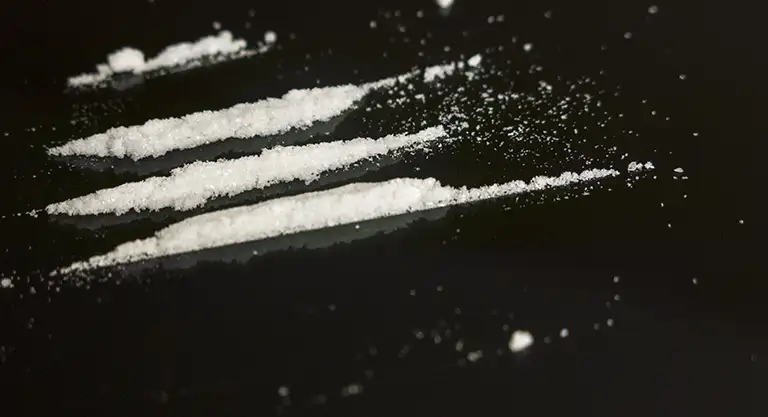
Treatment Options for Cocaine Addiction
While the journey through cocaine addiction is an arduous one, hope is not lost. Several treatment options have shown promise, including successful cocaine treatment methods such as psychosocial treatments, cognitive-behavioral therapy, and contingency management.
Among these, outpatient therapy offered by facilities like Topsail Treatment Center can be a lifeline for individuals seeking recovery.
Topsail’s Customized Outpatient Rehab Program
At Topsail, individuals struggling with cocaine addiction receive personalized, evidence-based care. The customization is rooted in the unique personality, medical history, and recovery goals of each individual.
Topsail’s team of professionals provides personalized attention, helping individuals navigate the journey to recovery. Their services extend beyond the individual, aiding families through professional addiction intervention services, which can be instrumental in moving loved ones from addiction towards the appropriate treatment.
Therapies and Support Systems
Behavioral therapy forms a cornerstone of cocaine addiction treatment, helping clients learn coping mechanisms, self-management, and formulating a long-term plan for success and sobriety. Individual therapy, specifically cognitive-behavioral therapy, is recommended to help individuals address their emotions and feelings.
Support systems such as 12-Step programs like Narcotics Anonymous (NA) and Cocaine Anonymous (CA) play a pivotal role in maintaining sobriety during ongoing recovery. Family therapy, an essential component of comprehensive treatment programs, aims to heal the wounds of addiction and strengthen family relationships.
The Role of Family and Loved Ones in Recovery
Family and loved ones play a crucial role in the recovery process. Their support provides love, understanding, and a sense of stability, which are essential for individuals recovering from addiction. Studies have shown that individuals with strong family support are statistically more likely to maintain sobriety and have lower chances of relapse.
Family involvement is essential as a collective effort, helping to foster a supportive environment and counteract the feelings of isolation often associated with addiction. Topsail recognizes this, providing a professional addiction intervention service designed to assist families in moving their loved ones from addiction towards the appropriate treatment.
Summary
Cocaine addiction is a complex and challenging issue, but understanding its stages and recognizing its signs can empower individuals to seek help. With effective treatment options and strong support systems, recovery is attainable. Facilities like Topsail offer personalized treatment plans, extending a lifeline to individuals and their families, transforming lives, and fostering hope for a future free of addiction.
Frequently Asked Questions
What is cocaine and why is it addictive?
Cocaine is a potent stimulant made from the coca plant. Its addictive nature stems from the intense high, energy levels, and alertness it initially provides, which can lead to chronic usage.
What are the stages of cocaine addiction?
The stages of cocaine addiction begin with experimentation and recreational use, leading to escalating use and dependence, and ultimately resulting in chronic abuse and severe addiction.
What are the signs of cocaine addiction?
If you notice physical indicators like frequent nosebleeds, dilated pupils, and increased heart rate, behavioral signs like sudden hyperactivity and unprovoked aggression, and psychological symptoms like cognitive impairments and heightened alertness, it could indicate cocaine addiction. It’s important to seek help for the individual displaying these signs.
How can cocaine withdrawal be managed?
Cocaine withdrawal can be managed safely through medical detox, with the help of professionals who may prescribe medications to alleviate symptoms and ensure the patient’s comfort and safety.
What role does family play in the recovery of an individual with cocaine addiction?
Family plays a crucial role in the recovery of individuals with cocaine addiction by providing love, understanding, and stability, which can help maintain sobriety and reduce the risk of relapse.
Related Posts

Critical Signs of Meth Addiction: Symptoms & Support Options
Wondering what are the warning signs of meth addiction? Early detection can be lifesaving. From drastic behavioral swings to ‘meth mouth,’ these symptoms are alarming

Essential Guide on How to Help Someone with Meth Addiction
If you’re seeking to understand how to help someone with meth addiction, this article is your immediate support guide. Encountering meth addiction within someone you

Recognizing the Warning Signs of Marijuana Addiction
Knowing the signs of marijuana addiction is vital for recognizing a serious problem that often goes unnoticed. In this article, we address the real indicators

Decoding Opioid Addiction Statistics: A Harsh Reality Check
What do the numbers say about the opioid crisis? Diving into opioid addiction statistics offers a sobering reality check: a surge in usage and deaths

Effective Strategies on How to Prevent Opioid Addiction
The key to preventing opioid addiction starts with being informed. If you’re seeking concrete steps on how to prevent opioid addiction, this article is for

How to Help Someone with Cocaine Addiction Effectively
Wondering how to help someone with cocaine addiction? It can feel overwhelming, but your role is crucial. In this guide, you’ll find understandable and practical
